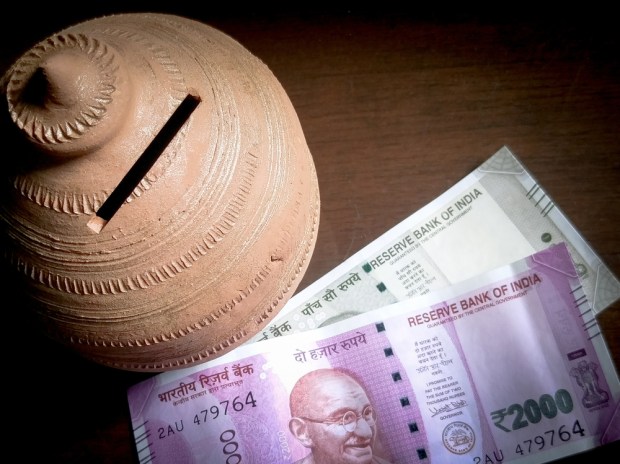India’s ATM Closures Seen As Boost To Demonetization Efforts

In November 2016, the Indian government issued a ban on the nation’s higher-denomination 500- and 1000-rupee notes, essentially deeming 86 percent of its currency invalid. The move came as a surprise, and left no small amount of chaos — with bank runs and big losses for merchants — in its wake. Prior to the announcement of demonetization, India was an economy where cash was firmly king.
Demonetization has undeniably been an agent of change in the Indian economy, as it was intended to be. The ban was meant to shift India into the digital economy fast lane, improve tax revenues and crack down on corruption. While there have been advances in all three of those areas during the intervening two years, it would not yet be accurate to say that cash has been dethroned.
In fact, the currency in circulation was valued at ₹17.78 trillion (more than $247.6 billion USD) as of February 2018 — roughly 99 percent of the value of notes in circulation prior to demonetization, according to the Reserve Bank of India (RBI). Consumers are using ATMs more today than they were before 2016.
Cash is alive, well and active in the country as 2018 comes to a close. That is why alarm bells have been raised over the news circulating this week that nearly 50 percent of ATMs in the nation could be shut down by March of next year — as operational costs have risen alongside additional regulations and compliance requirements.
“The long-term profitability of [the] ATM industry — and [its] sustainability — is looking challenging at this point [in] time. The current ATM penetration in India is quite low compared with other nations, and [the] shutting down of existing ATMs will lead us to trail further,” said Radha Rama Dorai, managing director of ATM and Allied Services at FIS, to Livemint. “The ideal road ahead to make the ATM management ecosystem sustainable is through [a] mutually agreeable costing model, while renegotiating the existing servicing contracts.”
The Confederation of ATM Industry (CATMi) first sounded the alarm on the coming wave of ATM closures in November. CATMi noted that recently mandated compliance costs by RBI, and the low interchange fee of ₹15 per transaction, could force closures of approximately 100,000 off-site ATMs and a little over 15,000 white-label ATMs, or 50 percent of the installed base of 238,000 units.
“The costs are increasing, and with the RBI mandate to upgrade, the costs will hike by over 50 percent. So, maintaining the ATMs became unaffordable, and we [had] no option but to close down,” said Sanjeev Patel, president of CATMi, according to Moneycontrol.
Among the new regulations going into effect in 2019 are requirements for cash machine companies to upgrade software of many of the 240,000 ATMs in India. They must also increase the number of armed guards, and install global-positioning systems and cameras on cash transit trucks that deliver cash to the machines, noted the report. CATMi argued that meeting those requirements would be costly — to the tune of $500 million, a figure many companies can’t afford on the heels of the 2016 cash ban.
“ATM businesses are already on very shaky ground,” Patel told the Financial Times (FT) in a separate report. “Now, you’ve got a crippling level of cost.”
Moreover, the changes will be most strongly felt in rural and low-population density areas, according to CATMi, where cash use is the strongest. The effect is this: ATMs that are only breaking even in terms of cost will become unprofitable to the point where operators will have to close them down.
The announcement has led to concerns that the possibility of losing nearly half of the nation’s ATMs will push India’s citizens toward cash hoarding over the next few months. Mumbai-based computer science professional Viren Darji told Moneycontrol that, though she uses the internet and mobile banking for many day-to-day payments while commuting or shopping, she would need cash.
“If 50 percent [of] ATMs close down, it will lead to a situation similar to demonetization,” she said.
Homemaker Mira Sagar noted that if people become worried that they won’t be able to take funds from an ATM, they will “start stacking up money at home.”
Right now, negotiations are ongoing between CATMi and the Indian Banks’ Association (IBA), the National Payments Corporation of India (NPCI ) and the finance ministry. However, thus far, no tangible progress has been reported.
“We need to find a way out of this,” said VG Kannan, chief executive of IBA.
While there are still 2.5 months to find a workable solution, the looming possibility that India will lose half of its ATMs — in the most cash-dependent parts of the country — is certainly something to keep an eye on.
